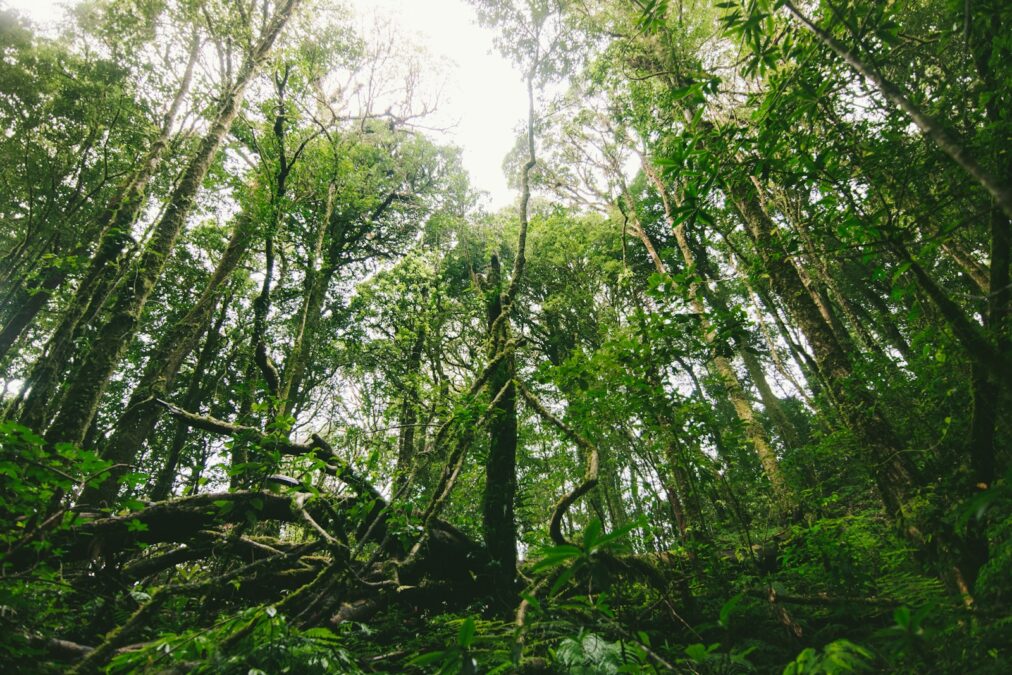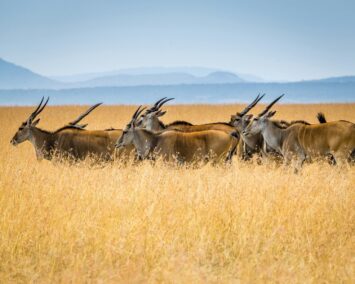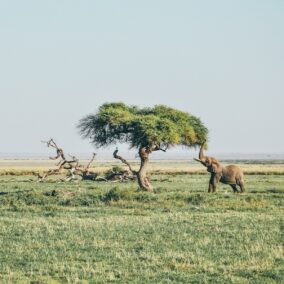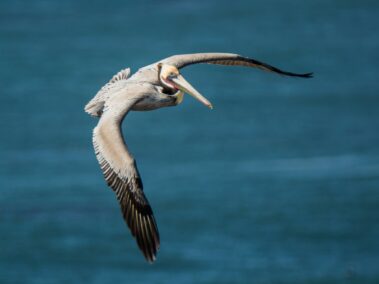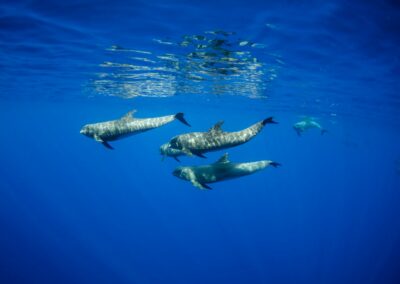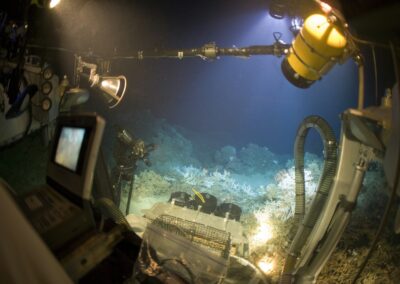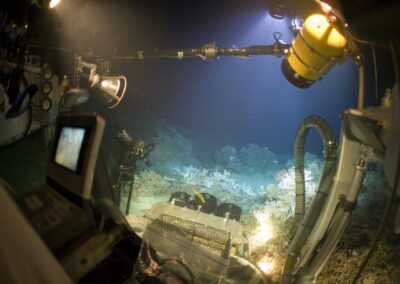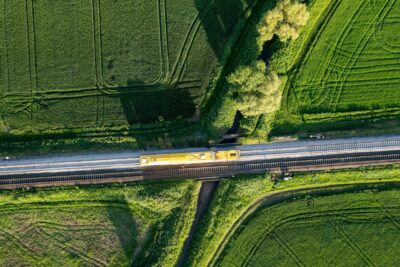Using Artificial Intelligence to Safeguard Wildlife
Artificial Intelligence (AI) is revolutionizing wildlife conservation efforts across the globe, including in regions like Saudi Arabia and the UAE. By leveraging advanced AI algorithms, conservationists can now track animal movements and predict poaching threats with unprecedented accuracy and efficiency. This groundbreaking technology represents a crucial step forward in protecting vulnerable species and preserving biodiversity for future generations.
Enhancing Monitoring and Protection Efforts
In Saudi Arabia and the UAE, where unique ecosystems are home to a diverse range of wildlife, the integration of AI-driven monitoring systems has significantly bolstered conservation initiatives. These systems utilize state-of-the-art sensors, satellite imagery, and machine learning algorithms to monitor animal populations in real-time. By analyzing vast amounts of data, AI can identify patterns and anomalies, allowing conservationists to detect illegal activities such as poaching more effectively. Additionally, AI-powered drones equipped with advanced cameras and sensors enable rapid response to potential threats, enhancing the protection of endangered species.
Predictive Analytics for Threat Mitigation
One of the most remarkable applications of AI in wildlife conservation is its ability to predict and prevent poaching incidents before they occur. By analyzing historical data on poaching activities, environmental factors, and animal behavior, AI algorithms can identify high-risk areas and times for illegal hunting. Conservation organizations in Saudi Arabia and the UAE are leveraging this predictive analytics capability to deploy resources strategically, such as increasing patrols or implementing surveillance measures, thereby minimizing the likelihood of poaching and safeguarding vulnerable wildlife populations.
Collaborative Efforts and Future Prospects
The successful implementation of AI in wildlife conservation relies on collaborative efforts between governments, conservation organizations, and technology companies. By sharing data, expertise, and resources, stakeholders can maximize the impact of AI-driven conservation initiatives and address challenges more effectively. Looking ahead, the integration of emerging technologies such as Blockchain and satellite imaging holds immense promise for further enhancing the capabilities of AI in wildlife conservation. Together, these innovations offer hope for a future where the majestic beauty of Saudi Arabia’s deserts and the UAE’s diverse landscapes continues to thrive, protected by the transformative power of Artificial Intelligence.
The Importance of Data-driven Conservation
Data-driven approaches lie at the heart of effective wildlife conservation strategies in Saudi Arabia and the UAE. Through the use of AI, vast amounts of ecological data can be collected, analyzed, and interpreted to gain valuable insights into animal behavior, habitat dynamics, and environmental trends. This data-driven approach enables conservationists to make informed decisions and allocate resources where they are most needed, optimizing conservation efforts and maximizing impact. By harnessing the power of AI to extract meaningful patterns from complex datasets, conservationists can develop proactive conservation plans that address emerging threats and promote the long-term sustainability of biodiversity.
Empowering Conservationists with Advanced Tools
In addition to its role in data analysis, AI empowers conservationists with advanced tools for monitoring and managing wildlife populations. For example, AI-powered camera traps can automatically identify and classify species captured in images, providing valuable data on species distribution and abundance. Similarly, acoustic monitoring systems equipped with AI algorithms can analyze animal vocalizations to track species presence and behavior in remote areas. By automating the process of data collection and analysis, AI streamlines conservation workflows, allowing conservationists to focus their time and resources on strategic interventions that yield the greatest conservation impact.
Addressing Emerging Conservation Challenges
As conservation efforts evolve in response to changing environmental conditions and human pressures, AI offers valuable solutions to address emerging challenges. For instance, as climate change alters habitats and disrupts ecosystems, AI can help predict the potential impacts on wildlife populations and inform adaptive management strategies. Likewise, as human-wildlife conflicts escalate due to habitat encroachment and urbanization, AI can aid in developing innovative solutions to mitigate conflicts and promote coexistence. By embracing AI technologies and leveraging interdisciplinary approaches, conservationists can navigate complex conservation challenges more effectively and safeguard the rich biodiversity of Saudi Arabia and the UAE for future generations.
#AI #WildlifeConservation #SaudiArabia #UAE #ConservationTechnology #PredictiveAnalytics #PoachingPrevention #Biodiversity #EnvironmentalProtection #Collaboration #EmergingTechnologies

